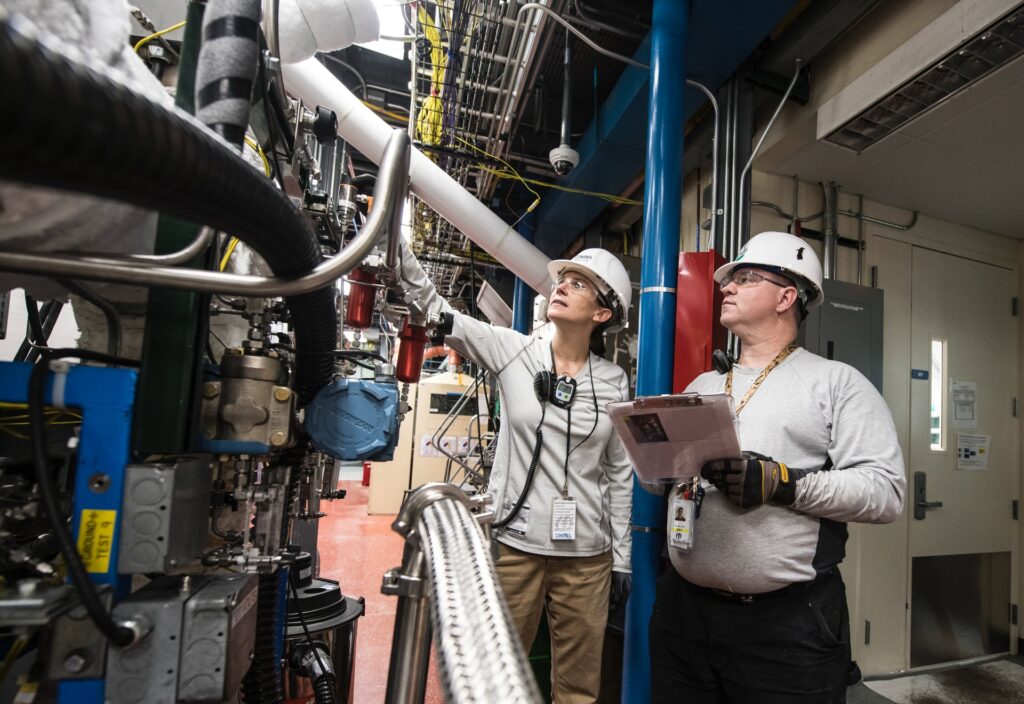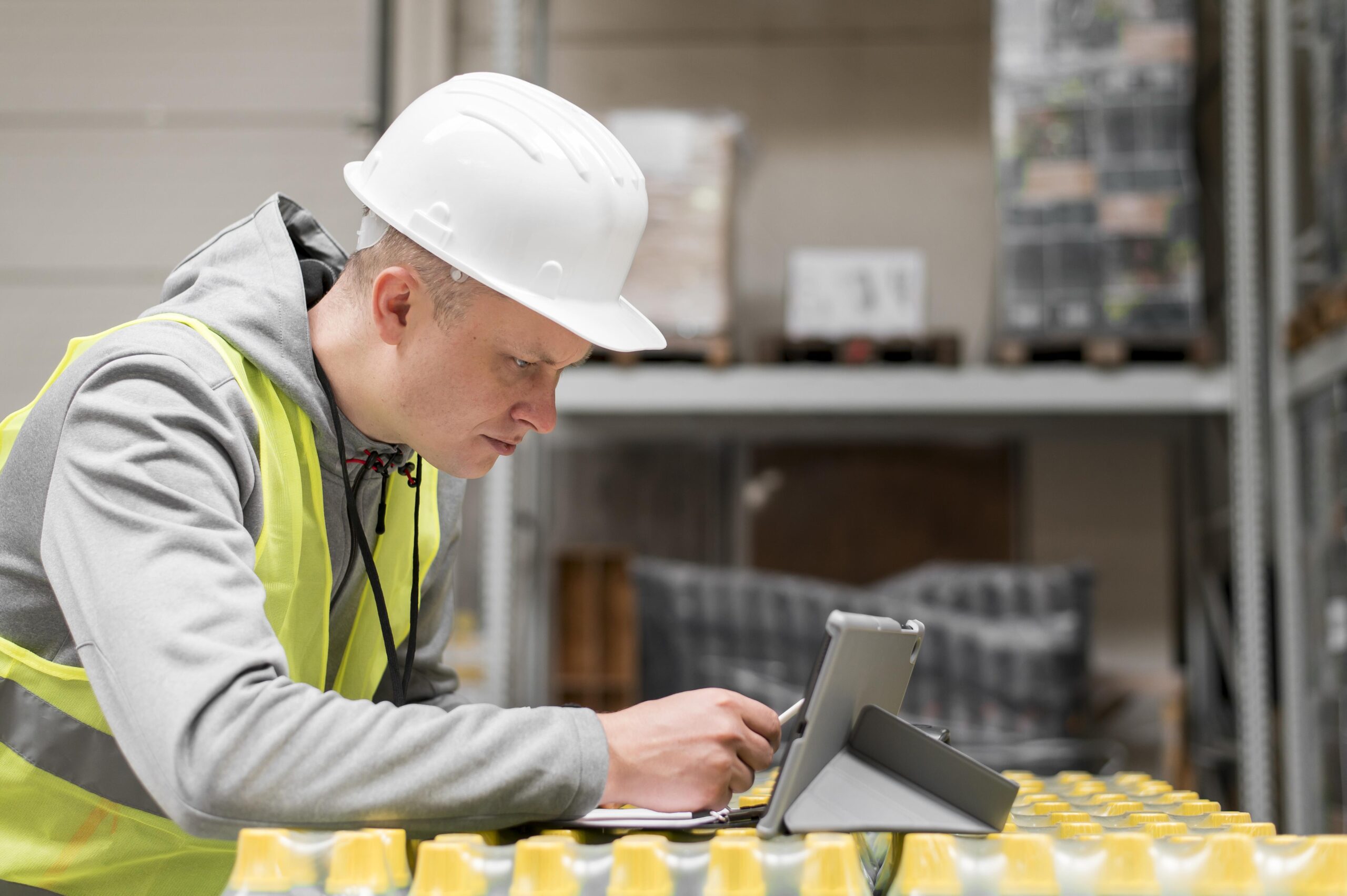Key Takeaways
- Despite comprising 80% of the global workforce, deskless workers operate using tethered, office-based tools.
- Using desk-based technology hampers the productivity and efficiency of millions of deskless employees, many of whom operate in major business sectors.
- As remote work became prevalent in response to the COVID-19 pandemic, the problem of underdeveloped dedicated deskless technology came to the fore.
- Major industries, most notably transportation and manufacturing, are now committed to increasing spending on deskless technology as part of their digital transformation strategy.
The Glaring Lack of Dedicated Deskless Tech
2.7 billion people. That’s the approximate figure of people working in the field and not behind the desk. They represent 80% of the total workforce population. Quite simply, deskless workers are the supermajority of the workforce demographic.
Millions of deskless workers are largely distributed across essential industries including construction, healthcare, agriculture, transportation, and retail to name a few. But even with their number and the non-desk, largely mobile nature of their profession, deskless workers use office-based tools to perform their tasks. Prior to COVID-19, digital transformation initiatives ignored their needs.
Only 1% of software spending goes to development of deskless tech and tools. It’s a sad story, really. But a flip in the script is about to happen.
Reflecting on the Impact of COVID-19 on Deskless Tech Adoption
COVID-19 has had a lasting impact on workplace dynamics, significantly accelerating the shift towards remote and hybrid work models. During the pandemic, an overwhelming 88% of organizations transitioned to remote work to maintain operations, highlighting a crucial gap in technology for deskless workers.
This shift exposed the limitations of traditional office-based technology and underscored the need for dedicated deskless tools that enhance productivity and efficiency. Many deskless workers struggled with outdated communication systems, insufficient productivity tools, and a lack of access to real-time information.
Today, as businesses continue to navigate the post-pandemic world, the preference for hybrid work arrangements remains strong, with 72% of workers favoring a blend of remote and in-office activities. Only a small fraction, 12%, express a desire to return full-time to traditional office environments. This ongoing trend underscores the critical need for robust deskless technology solutions that can support flexible work arrangements and ensure that all employees, regardless of their location, are well-equipped and connected.
Start of a Deskless Tech Revolution
Now aware of the vast disparity between traditional office technology and deskless tools, top management are making the steps to accelerate the development of deskless tools.
86% of IT leaders have acknowledged that utilizing office-based technology wasn’t a perfect fit for their field workforce while 67% support the development of additional software dedicated to deskless workers.
While many business sectors are focused on complete automation and other digital transformation initiatives, major industries are making big strides to empower deskless workforce with field technology purely designed for them. According to a study on deskless workforce, 82% of top business leaders/respondents plan to increase their spending for deskless technology development.
Transportation and manufacturing will spearhead this development, with 100% and 91% commitment respectively. In the retail sector, 83% of enterprises answered positively to injecting more money into deskless initiatives.
Hospitality (82%) and construction (78%) round up the top five leading industries that plan to spend more on deskless technology. Sectors trailing closely are healthcare (77%), education (75%), and agriculture (55%)
Field technicians, equipment operators, truck drivers, on-site engineers, and other non-desk employees will soon have the technology they so deserve. These range from mobile-native productivity applications, field service management tools, and communication/collaboration software that connect them to their office-based counterparts as well as colleagues in the field.
Field technicians, equipment operators, truck drivers, on-site engineers, and other non-desk employees will soon have the technology they so deserve. These range from mobile-native productivity applications, field service management tools, and communication/collaboration software that connect them to their office-based counterparts as well as colleagues in the field.

The Impact of Better and Dedicated Deskless Tech
Among the most highlighted benefits of assigning deskless tools to field workers is the improved communication with their office personnel.
According to research, 84% of managers asserted that everyone in their organizations has a voice. In contrast, more than half (54%) of employees said they are voiceless. Moreover, 85% of deskless workers reported that communication from HQ is inadequate. Bringing in communication tools for field workers effectively bridges field service management teams and people in the head office.
Also, Effective communication across the organization also breaks down silos, thus improving collaboration between workers and departments. When silos exist, workers, particularly those in the field, feel isolated from the rest of the organization. They can’t connect with their team. Worse, they risk operating on outdated information, which can result in delivery of substandard service and poor decision making among others.
Aside from effective communication and collaboration, better and dedicated deskless tools will impact employee productivity immensely. 33% of companies believe that investing in deskless tech will improve employee productivity; 23% think it will enhance employee experience and engagement.
Initiatives for improving deskless capabilities are well underway. By 2023, 30% of the global workforce will be given their own portable, private digital identity. This will allow field workers extended access to crucial business tools, applications, and data, thus becoming more valuable, more productive assets to their organizations.
Involve Deskless Workers in The Deskless Revolution
Deskless workers’ digital needs are now getting attention. However, most crucial decisions rest in the hands of the executive management. Purchasing of deskless technology is mostly decided at the top. 51% of buying decisions are made by the C-suite, 38% by mid-level managers, and only 11% by the end-user.
If the deskless workforce is indeed the beneficiaries of these new technologies, it’s important for leaders to know and understand what they need in order to make them truly productive and efficient assets.
Accommodating your deskless workers and giving them what they need is a step in the right direction. But any digital transformation project is a huge business undertaking. Involving your deskless employees will increase your digital transformation strategy’s chance of success.





